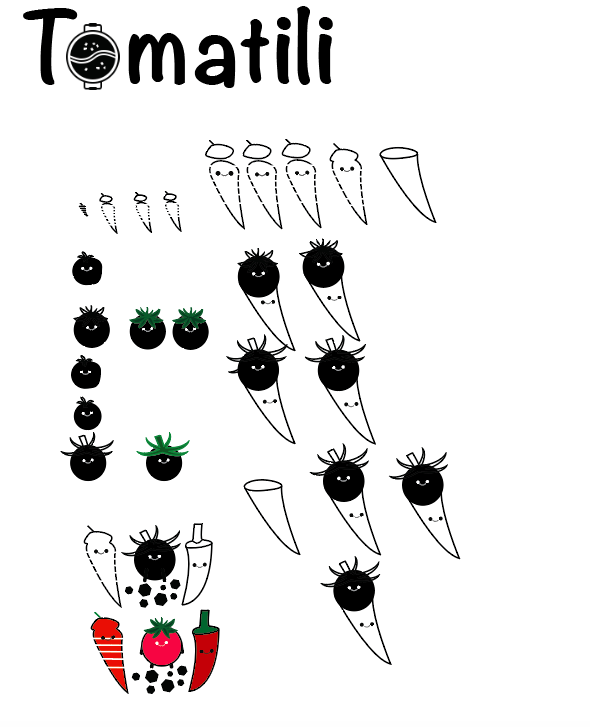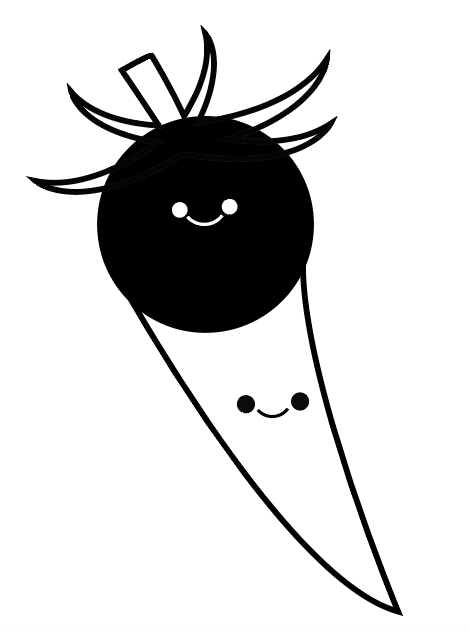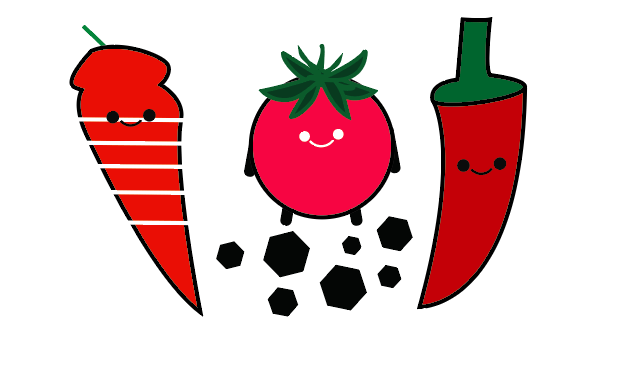How successful are we:
- We completed the project in the time limit.
- The turbine functions properly and can at least generate 3.8 volts.
- The circuit functions so the turbine can use the stored electricity to charge.
- The final product did not break after being used for the first time.
How the device operates:
- the wind turbine spins to generate kinetic energy which gets transferred into electricity by the dynamo, which has a specific circuit board design that allows it to power the battery and we could use a USB type line to charge an electrical device.
Reflections on decisions:
- The decision of not attaching the wind turbine in the center was a really good innovation we made during the process because it had been attached to the center of the PVC pipe the turbine might no have spun so fast because the C shape of the wind turbine is going to block all the wind blow that easily around the wind turbine.
- Changing the shape of the central stem plate only subtly affected the performance of the final product, originally the central stem plate is a circle, but instead the central stem plate was reduced to a hexagon within the circle, this is because the hexagon relatively weighs lesser than a circle plate, and it also saves more wood, furthermore the six sides of the hexagon could be used to align the turbine fans.
- Assembling a ball bearing piece for the dynamo is probably one of the most important improvements of our product because if the central dwell had been directly inserted into the dynamo the high friction of wood will most likely cause the wind turbine not to rotate.
- 3D printing a sleeve base for the ball bearing piece and the dynamo is a very smart way that can both support the turbine and reduce the total weight of the final product.
- The decision of adding two additional wood bases to stabilize the wind turbine is not a really effective way of thinking of it now, because wood increased the total weight of the product by a lot.
- wedging popsicle sticks into the gap between the dynamo and 3D printed sleeve was not the best way to lock the dynamo in place. First of all, we had to cut off the extruding part of the stick, and even if we cut it off it there are still a bit making the base unbalanced. Sponge or cotton could have been used better stabilize the dynamo.
- A small detail that unnecessary detail was making an inverted spacing for organizing the cables and circuit board, however, after changing the batter I realized it was not able to fit inside the spacing, so instead of utilizing space efficiently, it made the base of the turbine light on the front.
Impact of the product on the environment and potential client:
- This small-scale wind turbine is a really good model that demonstrates how actual wind turbines on a much larger scale generate electricity.
- Furthermore, the wind turbine is environmentally friendly, generates electricity with the wind (sustainable energy source), and does not produce any type of pollution during the process.























Recent Comments